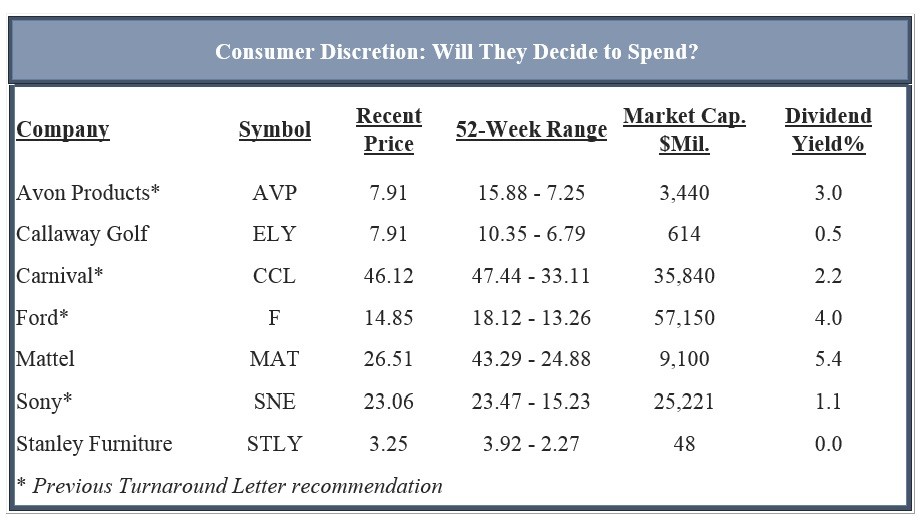Use Margins to Pick Best Stocks
Post on: 12 Апрель, 2015 No Comment

Use Margins to Pick Best Stocks
Sometimes picking the best stocks in an industry is as easy as looking at gross or operating profit margins.
For instance, say that you were interested in automobile stocks when the economy was still going strong in 2006. Using the annual results for 2005, here are the gross margins that you would have found for Ford, General Motors, and Toyota: Ford 13%, General Motors 5%, Toyota 20%.
When analyzing profit margins, all you have to know is that higher is better. Thus, the gross margin analysis would have singled out Toyota as the strongest player. What’s nice about using gross or operating margins is that you don’t need a calculator. Both Reuters (www.reuters.com ) and Smart Money (www.smartmoney.com ) do the math for you. All you have to do is look up the numbers.
Gross Margins
Gross margin measures the profit a company makes on a product considering only the cost of production. It doesn’t include overhead, marketing, and R&D costs. A 25% margin means that the company is making 25 cents for every dollar of sales before deducting the other costs.
Gross margins tell you a lot about a company’s competitive position within its industry. The firm with the highest gross margin has either lower production costs, or it can sell its products at higher prices because customers are willing to pay more for better-perceived quality.
For another example, consider microprocessor chipmakers Intel and Advanced Micro Devices.
Looking at last year’s numbers, Intel’s gross margin was 56% compared to Advanced Micro’s 40%. Consider the implications of that difference. In 2008, for every dollar of sales, Intel earned 56 cents that it could apply to research and development, advertising, administrative costs, or to add to profits. Advanced Micro, by contrast, had only 40 cents left over for those items.
Operating Margins
Gross margins work best for analyzing manufacturing companies. For retail stores and other industries that sell directly to consumers, you’ll get better results by comparing operating margins to pinpoint the strongest players in an industry.
In addition to the cost of sales included in the gross margin calculation, operating margins also consider overhead expenses, research and development and most other costs of doing business except for interest expenses and income taxes. Similar to gross margins, for operating margins, higher is better.
Electronic s Superstores

If you had compared electronic retailers Best Buy and now bankrupt Circuit City in the 1997 to 2000 timeframe, you would have found both chains generating annual operating margins in the 3% to 4% range. After that, however, Best Buy’s operating margin moved up to the middle 5% range while Circuit City’s margin dropped to 1% or so, and some years even went negative.
Macy’s & Gottschalk’s
On a similar note, in recent years, department store chain Macy’s annual operating margins typically ran from 8% to 9% until the economy tanked last year. By contrast, Gottschalk’s, which recently filed for bankruptcy, could only generate 2% or so margins.
You can find both the gross and operating margins in the Key Statistics report on Smart Money and in the Ratios report on Reuters.
Every industry faces different competitive conditions. So, analyzing gross and operating margins only works when comparing companies in the same industry. Sure, there are plenty of other factors that affect share prices, but doing those checks will help you pick better stocks.
published 4/26/09














